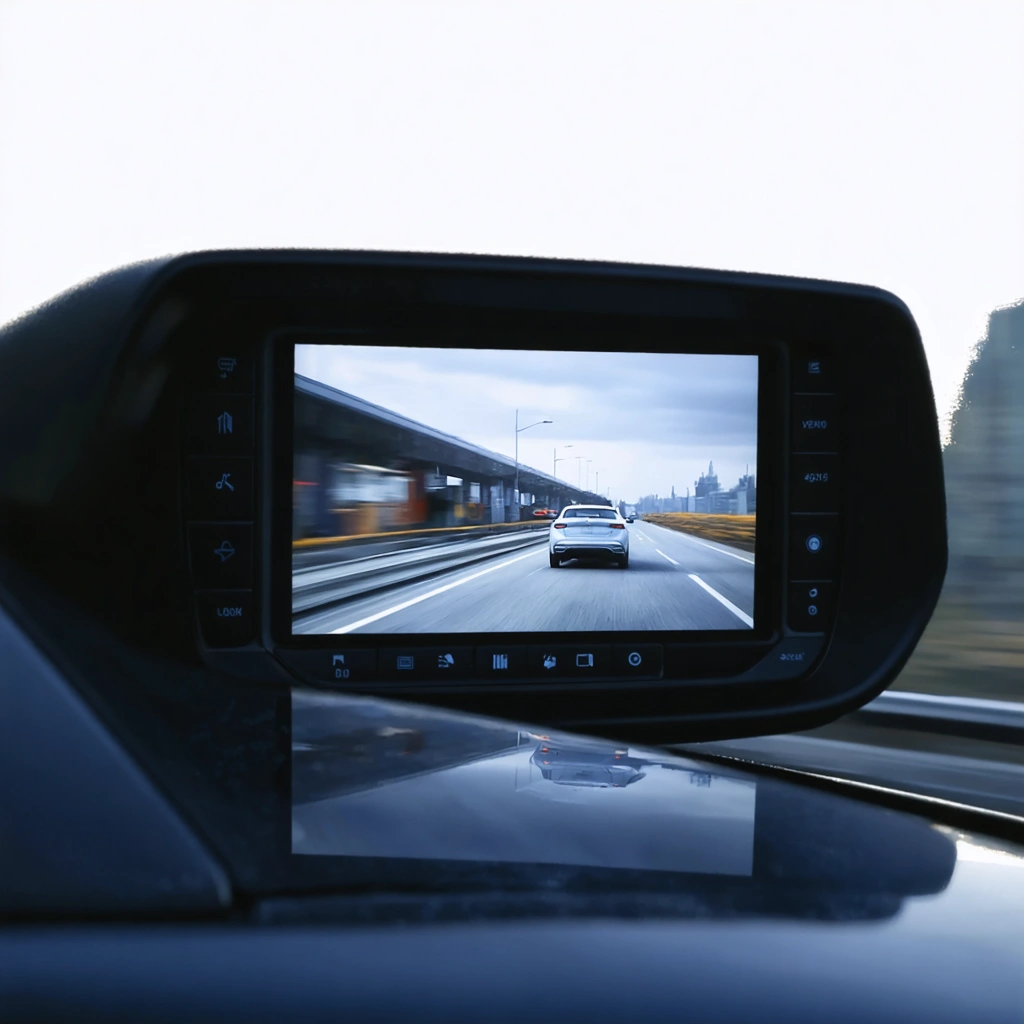
Introduction
In today’s digital age, businesses continuously innovate their advertising strategies to engage potential customers. One such unconventional and up-and-coming method is in-car advertising. This article will explore this emerging trend, its potential impact on consumers and the automotive industry, and recent controversies surrounding it.
In-Car Advertising: The New Frontier
In-car advertising is a new marketing strategy where advertisements are displayed on a car’s touchscreen interface. This strategy has started gaining momentum with the advent of connected cars and smart vehicles. Automotive companies, such as Jeep, are now experimenting with this new form of advertising, causing diverse reactions among car owners. For instance, Jeep recently faced backlash when customers reported their vehicle was serving them persistent pop-up advertisements for extended warranties.
The Controversy
While the company clarified that the repeated pop-ups were due to a glitch and not a new policy, the incident led to widespread concern among consumers. As vehicles increasingly become ‘smart,’ people’s concerns about unwanted ads appearing on their car screens are being stoked. The prospect of a car’s interface becoming another platform for marketers to exploit seems plausible to many.
Advertising in the Automotive Industry
Advertising has always been a vital component of the automotive industry. From traditional methods like TV commercials and print ads to digital marketing strategies such as social media campaigns and targeted online ads, car manufacturers invest heavily in advertising to promote their products and services.
Subscription Services: A Part of the Package?
In addition to in-car ads, car manufacturers like BMW offer controversial subscription services that allow consumers to access hardware features already fitted to the car at an additional price. While some see this as a useful feature, allowing consumers to pay for only what they use, others view it as another way for car manufacturers to monetize their products post-sale.
Potential Impact and Future Implications
In-car advertising could potentially transform the automotive industry and advertising landscapes. However, it also raises questions about privacy and consumer rights. As we move towards a future where vehicles are not just a mode of transport but also a platform for connectivity and entertainment, it is crucial to strike a balance between business innovation and consumer comfort. Furthermore, it’s essential for companies to consider the potential backlash and negative consumer sentiment that intrusive advertising tactics could provoke. The recent Jeep incident should serve as a lesson for car manufacturers considering this strategy. In conclusion, as the line between automobiles and technology continues to blur, businesses must navigate this new landscape with care, ensuring that their pursuit of new revenue streams does not come at the cost of consumer satisfaction.
References




